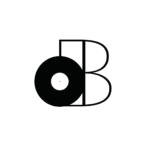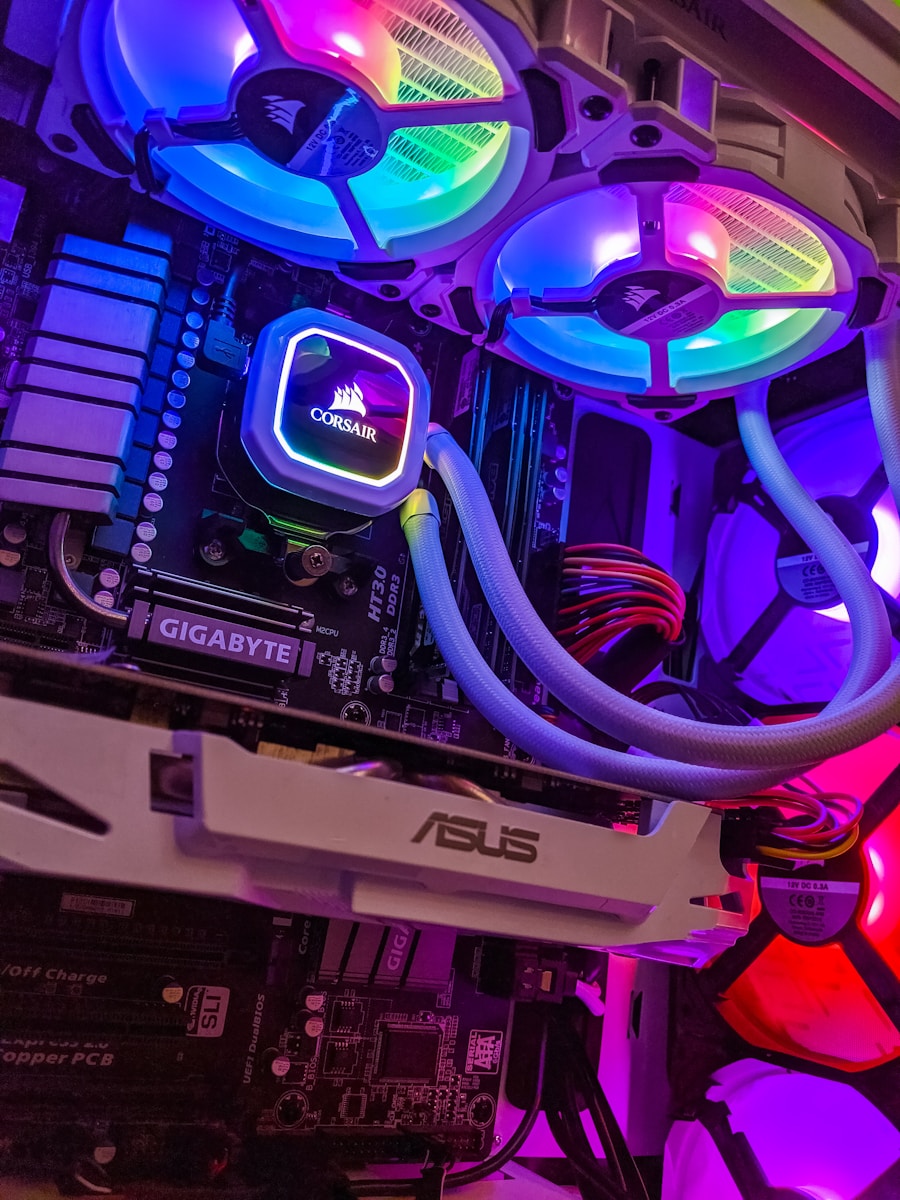The best budget kick drum microphones are the Sennheiser e 602-II and the Shure BETA 52A.
You’ve most likely heard of the Shure BETA 52A, but the Sennheiser e 602-II isn’t spoken of too frequently. That’s why I was excited to include it on this list but if you ask me, it’s actually BETTER than the BETA 52A.
The Shure BETA 52A has been the industry-standard for recording kick drums, but it’s time to change that!
Maybe you’ll disagree with me, but you’ll definitely have made up your mind by the end of this article…
- Sennheiser e 602-II Kick Drum Microphone
- Shure BETA 52A Kick Drum Microphone
- Sennheiser e 602-II vs Shure BETA 52A
- Summary: 2 of the Best Budget Kick Drum Microphones
Sennheiser e 602-II Kick Drum Microphone
Starting off with my personal favourite, the Sennheiser e 602-II brings a contemporary edge to the table.
Here’s what it’s got to offer:
- Polar Pattern: Cardioid
- Frequency Response: 20 – 16,000 Hz
- Output Impedance: 350 Ohms
- Included Accessories: Pouch
- Warranty: 10 Years
One of the main reasons I prefer the Sennheiser e 602-II over the Shure BETA 52A is because it’s MUCH louder.
That’s because of the output impedance which comes in at 350 Ohms.
The frequency response is also extended compared to most kick drum microphones. Now, that could be a disadvantage considering you’d normally be cutting at 10,000 Hz anyway, BUT…
This also means that the Sennheiser e 602-II is more versatile.
You can just as easily use it on other instruments such as bass guitar, electric guitar, etc…
The e 602-II is quite punchy, so using it in combination with any other microphone is sure to increase the low-end clarity/articulation of any instrument. It works exceptionally well on bass cabinets.
When listening to the Sennheiser e 602-II, you’ll also notice that it’s quieter than most dynamic microphones. That’s because it’s using a humbucking coil which is the equivalent of using a humbucker versus a single-coil pickup.
That’s one of its many modern improvements.
The integrated microphone clip also facilitates recording.
Another thing you might’ve noticed about the Sennheiser e 602-II is the 10-year warranty.
That’s comparable to the warranty offered for RODE microphones, so definitely a PLUS!!
However, this microphone is so rugged that I’d never imagine bringing it in for warranty. It’s also made in Germany like most other Sennheiser products so you know it’s well-built from the inside-out.
It’s also more affordable than the next microphone we’ll be looking at…
Shure BETA 52A Kick Drum Microphone
Alright, the industry-standard Shure BETA 52A…
Here’s what it’s got under the hood:
- Polar Pattern: Supercardioid
- Frequency Response: 20 – 10,000 Hz
- Output Impedance: 150 Ohms
- Included Accessories: Pouch, Thread Adapter
- Warranty: 2 Years
One of the most notable features of the “BETA 52A sound” is the presence boost at 4 kHz.
It accentuates the sound of the beater and/or the attack of your bass guitar.
Another interesting feature of the Shure BETA 52A is the supercardioid polar pattern. Compared the the Sennheiser e 602-II, the BETA 52A is more directional (more ambient sound rejection).
However, the supercardioid polar pattern does pickup more sound from the rear.
That’s something to keep in mind when placing the Shure BETA 52A.
The frequency response on the the BETA 52A is also much more restricted, but that just means it’s more specialized. It won’t be as versatile as the Sennheiser e 602-II, but you’ll have your sound right out of the box!
That being said, the one MAJOR flaw of the Shure BETA 52A is the significantly output impedance.
This also means the microphone’s signal-to-noise ratio isn’t as good as the e 602-II.
If you want to improve this though, I strongly recommend purchasing an inline microphone preamp (like the TritonAudio FetHead) to provide your BETA 52A with some CLEAN gain.
In this case, I wouldn’t record using this microphone without it.
Similar to the Sennheiser e 602-II, you’ll also have the integrated microphone clip. It’s easier to use since it doesn’t require a screwdriver to tighten/loosen.
Sennheiser e 602-II vs Shure BETA 52A
If you’re still debating between the Sennheiser e 602-II and thr Shure BETA 52A, maybe this table will help…
| Sennheiser e 602-II | Shure BETA 52A | |
| Polar Pattern | Cardioid | Supercardioid |
| Frequency Response | 20 – 16,000 Hz | 20 – 10,000 Hz |
| Output Impedance | 350 Ohms | 150 Ohms |
| Included Accessories | Pouch | Pouch, Thread Adapter |
| Warranty | 10 Years | 2 years |
The similarities are definitely there but it’s important to distinguish these two kick drum microphones.
Cardioid or Supercardioid?
Personally, I really don’t see the use of using supercardioid microphones for kick drums. If anything, there’s more disavantage because of the sensitivity in the rear-end.
For example, you might pickup the sound of the kick drum’s transient bouncing back from a wall.
The e 602-II’s cardioid polar pattern completely rejects the rear.
When talking about frequency response, you need to ask yourself what you’ll be doing with the microphone. If you’re looking for a microphone EXCLUSIVELY for kick drum, go with the Shure BETA 52A.
It’ll take less work to sculpt during the EQ stage.
If you want something more versatile that can used on other instruments as well, go with the Sennheiser e 602-II. It’ll take more work during the EQ stage, but you’ll also have more flexibility.
Of course, we’re just talking about the frequency response.
I still think there are MANY other reasons to choose the Sennheiser e 602-II over the Shure BETA 52A.
- The humbucking coil (better signal-to-noise ratio)
- The higher output impedance (more “clean” gain)
As I already mentioned though, the Shure BETA 52A can definitely be improved by introducing an inline microphone preamp into your signal-chain. However, this’ll also increase your total cost.
You just need to ask yourself if it’s really worth it…
Summary: 2 of the Best Budget Kick Drum Microphones
We’ve just compared 2 of the best budget kick drum microphones…
The Sennheiser e 602-II and the Shure BETA 52A.
I hope that you’ve decided which of these microphones you’ll be using to record your kick drum but if neither of them float your boat, you’ll just need to keep looking I guess.
Depending on the type of sound you’re going for, you could even use ribbon microphones to record your kick.
If you want something more vintage-sounding, check out the Avantone CR-14.
If you want to make your job easier though, these dynamic kick drum microphones are your best bet.
So, which one of these budget kick drum microphones have you decided to go with? Is there a kick drum microphone that you feel should’ve made this list?
Let us know in the comment section and feel free to ask me any questions there as well!
Thanks for reading, now let’s go put some PUNCH into that kick drum!
Hercules MS300B Microphone Stand (for kick drum):
If you were considering the Shure BETA 52A like I was, I hope I’ve managed to present you with an interesting alternative. I still believe both of these microphones have their place in the recording studio, but I personally preferred the advantages the Sennheiser e 602-II had to offer. The BETA 52A has been around for quite some time, so I think it’s time for the e 602-II to take the spotlight. I hope you’ll consider using it on your recordings! If you found this product review insightful and would like to receive more recommendations, consider subscribing to my weekly newsletter. As usual. I thank you for your time and your dedication to making the best music using the best tools!
Sources:






